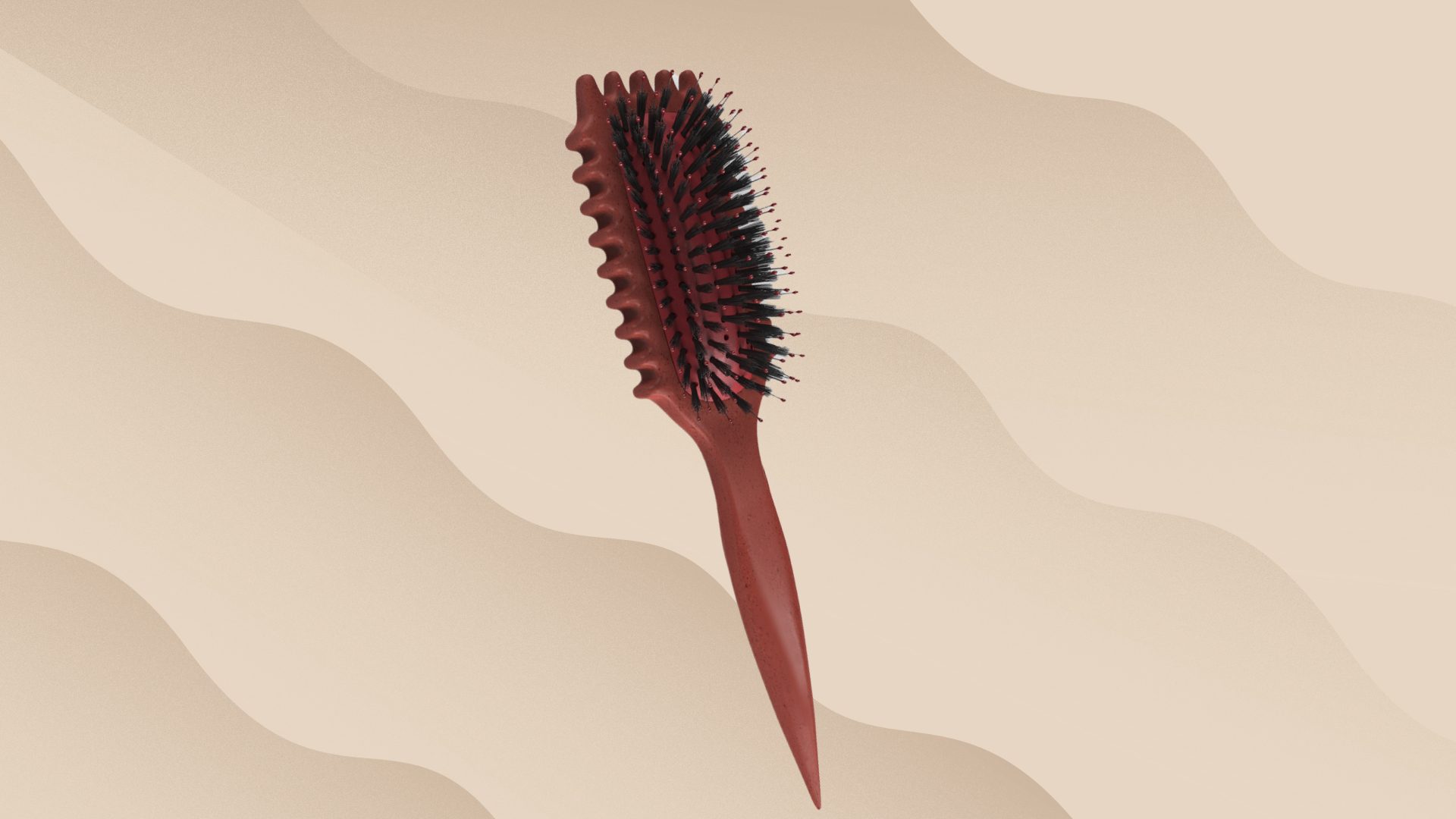
Why does the scalp flake?
The scalp sheds dead skin cells. This is a normal process called desquamation. The stratum corneum makes up the outer most layer of the skin called the epidermis. The stratum corneum is made up of 15 to 20 tightly packed cells that are keratinized. Keratinized cells are hard and dead. It is on the stratum corneum that desquamation or skin shedding takes place. Problems, such as dandruff, arrive when the cells of the stratum germinativum, which is the deepest layer of the epidermis, are pushed up to the stratum corneum, the epidermis to soon.
3 Dry Scalp Myths
Now that you know why the scalp flakes. Here are the myths of treating a dry, flaky scalp.
Myth #1: Use an anti-dandruff shampoo
The cause of dandruff is unknown, but an excessive amount of the yeast Malassezia globose could play a role. Anti-dandruff shampoos are formulated with ingredients such as zinc pyrithione and ketoconazole to slow down the division of bacterial and fungal cells. If you have been using an anti-dandruff shampoo two to three times a week for four weeks or longer, and do not notice a change, dandruff may not be the problem.
Some scalp disorders create flakes that are stubborn and not easy to remove with an anti-dandruff shampoo, for example, scalp psoriasis. The flakes associated with scalp psoriasis look like dandruff because they are a similar silvery gray color. Scalp psoriasis is an auto-immune problem of the skin. This means that the body’s immune system tells skin cells to shed and produce new skin cells too soon. Instead of the cells shedding off of the scalp, they pile up on top of each other on the outer layer of the skin. When the skin cells pile up, they form a psoriasis patch. The patches are red and inflamed. Scalp psoriasis can be found on the ears as well as the back of the neck. Patches may burn and feel sore.
The cause of scalp psoriasis may be linked to foods with gluten, malabsorption, which is not being able to absorb nutrients by the small intestine, viral or bacterial infections, stress, and trauma to the skin. Dry scalp is associated with scalp psoriasis, which may cause the scalp to feel tight and itch.
There is no cure for psoriasis, but a dermatologist can create a treatment plan that can keep problems associated with scalp psoriasis under control. Treatments may include medication, medicated shampoos, scale softeners, topical steroid creams or injections.
Myth #2: You can remove flakes by scratching







Scratching the scalp will not help remove flakes. Don’t use a comb or any other sharp tool to remove flakes. With scalp psoriasis, scratching the patches can cause bleeding, temporary hair loss, and increase flakes. When shampooing the scalp, never use your fingernails or rub the scalp vigorously, instead, massage your scalp gently using your fingertips to help lift the flakes off the scalp.
Glycerin can help soften flakes. Glycerin is used in a variety of cosmetics because of its lubricating and moisturizing properties. Glycerin is easy to remove from the hair. You can use glycerin as an overnight scalp treatment. Apply glycerin to your scalp at night and the next morning shampoo the glycerin out of your hair.
Myth #3: Nutrition plays no role in inhibiting flaky, dry scalp
Often people think of their scalp as a problem with the surface of their skin, but the real cause could be much deeper. Nutritional deficiencies affect our hair, and excessive shedding of hair can occur until the imbalance in the body is treated. Your dermatologist can help you determine if your dry, flaky scalp problem is related to a nutritional imbalance. Be proactive and try to eat fruits and vegetables that contain B vitamins and zinc. B vitamins and zinc can reduce the auto-immune response to the skin by keeping flakes under control and combating itch. Eat an adequate amount of yogurt with the label “live and active cultures” or take a probiotic supplement for the benefits of the good bacteria. Good bacteria can help reduce the over production of yeast associated with some flaky scalp disorders.








